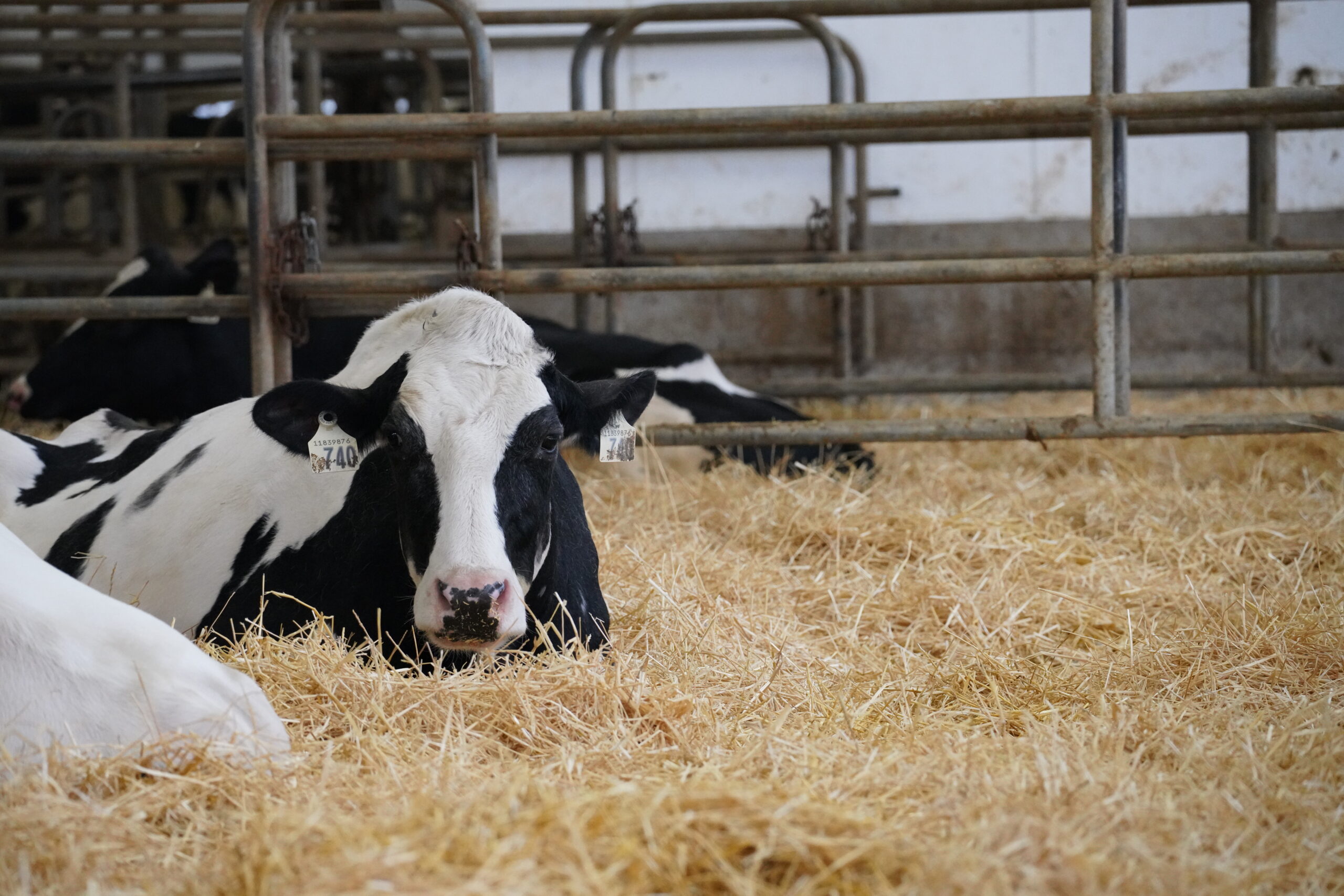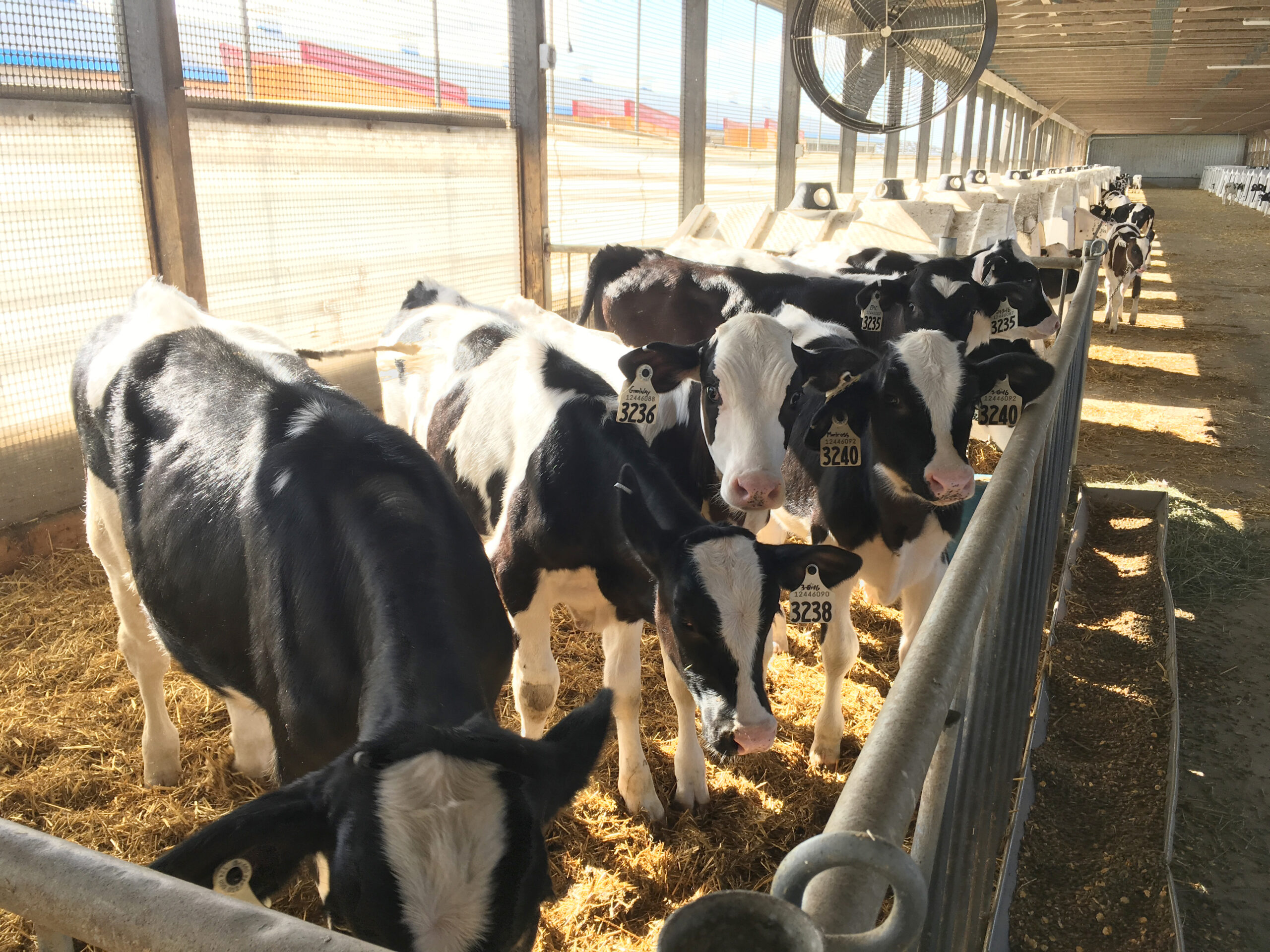Housing for Newly Weaned Heifers: What type of building to choose? – Part 1
- March 13, 2020
Designing housing for heifers that have just been weaned; should be straightforward, right? There are however some pitfalls that can come up during construction, or worse, when the heifers have been moved into their new space.
Objectives for designing housing for newly weaned heifers:
- Provides a clean and dry environment
- Provides an abundance of air, feed and water
- Efficient to work with and easy to use
- Economical
- Safe for both the worker and the animals
- Environmentally friendly
Tie Stall or Free Stall?
Several factors can influence the choice of housing in favour of free stall housing as compared to tie stall. It has been demonstrated that growing animals that exercise more have better bone and muscle quality and their hearts are in better condition. It is also easier to keep the animals clean with less of a workload.
The cost of building will however be higher because the dimensions for the same number of animals will usually be bigger as compared to a tie stall building.
Cold or Insulated?
Replacement animals can be kept in cold housing if they are protected from the elements. For the younger animals, it is essential that their lying surface insulate them from contact with the ground as they give off less heat than the older heifers. The depth of the dry bedding will play an important role in their comfort. Generally, a minimum of 8 cm (3 inches) of dry, aerated bedding will allow an animal to conserve their heat.
Water must be protected from the cold, and feeds provided in abundance in order to provide sufficient energy.
In insulated buildings, the ventilation must be set up properly to provide good, uniform air quality throughout the building. I will address the issue of ventilation in further detail in an upcoming article.











